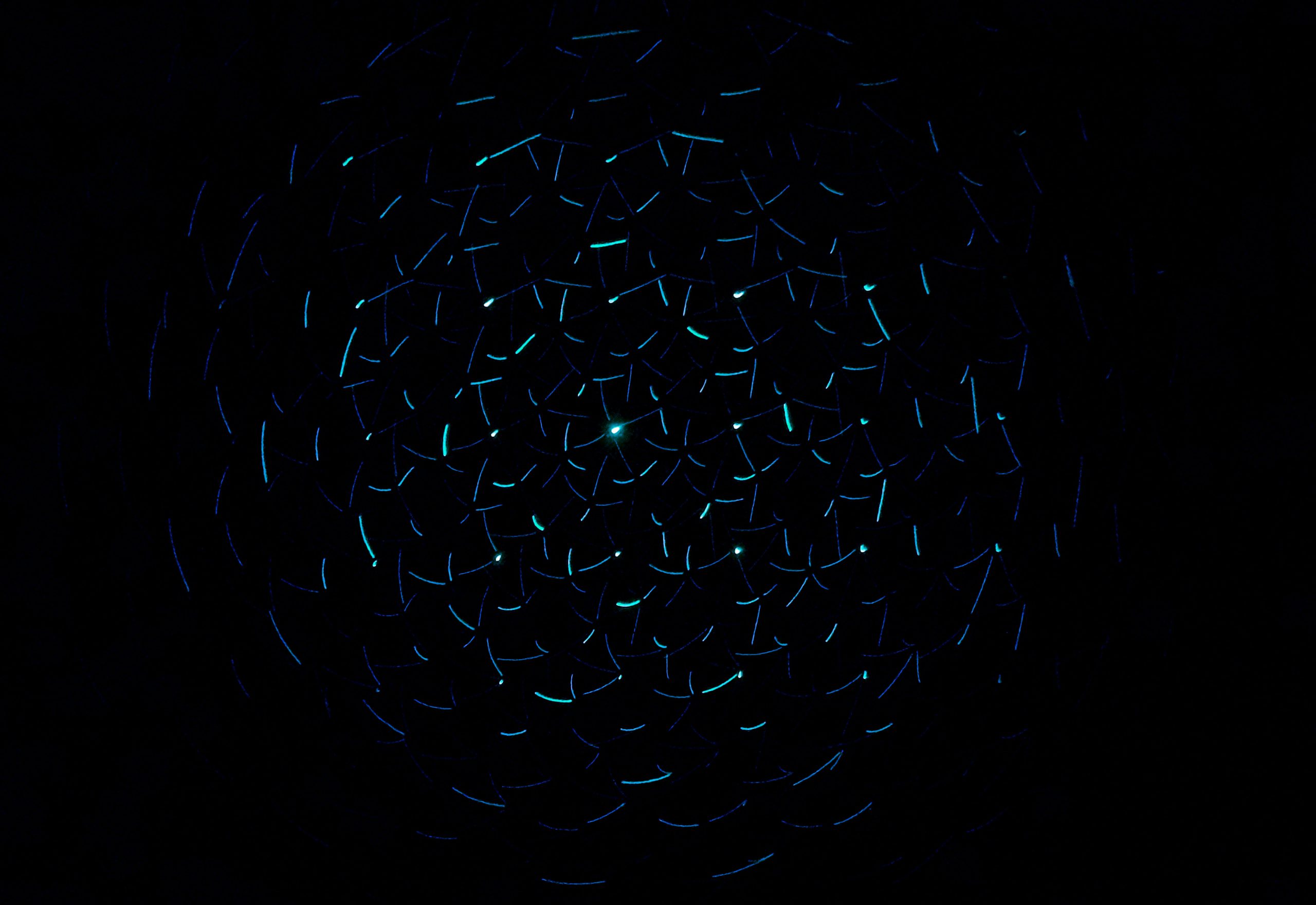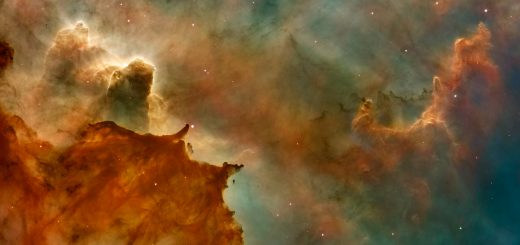Ame-no-Mihashira: Pillars of Heaven in Shinto Cosmology

Before diving in, please note: This post is for informational purposes only. If you’d like to know more about how we approach topics, feel free to check out our friendly Disclaimer Page.
Hey there, amazing readers! 🖐️ Just a quick note: yes, we know there are a lot of ads here. Trust us, we get it—it’s not the prettiest look, but they help us keep this blog alive and kicking. Those pesky little ads cover the costs of all the behind-the-scenes magic, from hosting and tech stuff to creating content we hope you’ll love.
We’re committed to delivering quality posts, and your support (even just sticking around despite the ads) means everything to us. So, bear with us, and thanks for helping us keep the good vibes rolling. Now, on to the fun stuff! 😉
TRANSLATE BUTTON AT THE END OF THE ARTICLE
Overview
Ame-no-Mihashira, also known as the Pillars of Heaven, hold significant importance in Shinto cosmology.
These pillars are considered the foundation of the universe and serve as a connection between heaven and earth.
In this article, we will explore the origins, symbolism, rituals, and cultural significance of Ame-no-Mihashira in Shinto beliefs.
Introduction to Ame-no-Mihashira in Shinto Beliefs
In Shinto, Ame-no-Mihashira refers to the pillars that uphold the heavens.
These pillars are believed to be the central axis of the world and are considered sacred and divine.
The concept of Ame-no-Mihashira is deeply rooted in the ancient Japanese belief system and plays a crucial role in understanding the cosmology and rituals of Shinto.
The Significance and Symbolism of Ame-no-Mihashira
Ame-no-Mihashira holds immense symbolic significance in Shinto beliefs.
The pillars are seen as the connection point between the celestial and earthly realms, representing the bridging of the divine and human worlds.
They are also considered the foundation of the universe, providing stability and order to the cosmos.
The symbolism of Ame-no-Mihashira extends beyond its physical representation and is deeply ingrained in Shinto rituals and practices.
Ame-no-Mihashira as the Foundation of the Universe
According to Shinto cosmology, the universe is supported by four pillars, each representing a cardinal direction.
These pillars, including Ame-no-Mihashira, provide the framework and stability for the heavens, earth, and everything in between.
They are believed to hold up the celestial vault, the dwelling place of the gods and spirits.
Exploring the Mythical Origins of Ame-no-Mihashira
The origins of Ame-no-Mihashira are rooted in ancient mythology.
According to the Kojiki, a collection of Japanese myths and legends, the pillars were created by the gods Izanami and Izanagi during the formation of the world.
It is said that when Izanami died giving birth to the fire god Kagutsuchi, Izanagi erected the pillars to separate the world of the living from the world of the dead.
Ame-no-Mihashira: Connecting Heaven and Earth
Ame-no-Mihashira serves as a spiritual bridge between the heavens and the earth.
It is believed that the gods descend from the heavens to dwell in shrines built around these pillars during religious ceremonies and festivals.
The connection between heaven and earth is reinforced through rituals and prayers conducted around Ame-no-Mihashira, allowing worshippers to communicate with the divine.
Rituals and Ceremonies Surrounding Ame-no-Mihashira
Various rituals and ceremonies are performed around Ame-no-Mihashira to honor the gods and seek their blessings.
One such ritual is the Kagura dance, where performers embody the spirits of the gods and dance in front of the pillars to invoke their presence.
Another important ceremony is the Hatsumōde, the first shrine visit of the year, where people pay their respects to the gods and make wishes for the upcoming year.
Ame-no-Mihashira Shrines: Places of Worship and Reverence
Shrines dedicated to Ame-no-Mihashira are considered sacred spaces in Shintoism.
These shrines are typically built on elevated grounds and are characterized by torii gates, stone lanterns, and purification fountains.
Worshipers visit these shrines to pray, make offerings, and seek guidance from the gods.
Many of these shrines have a long history and are revered for their architectural beauty and spiritual significance.
The Role of Ame-no-Mihashira in Shinto Rituals and Practices
Ame-no-Mihashira plays a central role in various Shinto rituals and practices.
During ceremonies, priests and participants offer prayers and perform purification rituals in front of the pillars.
The pillars are often adorned with sacred ropes and paper streamers known as shimenawa and shide, symbolizing the presence of the divine.
These rituals aim to maintain harmony between the human and divine realms and seek blessings for health, prosperity, and spiritual well-being.
Ame-no-Mihashira: Guardians of the Divine Realm
Ame-no-Mihashira is believed to be the dwelling place of the gods and spirits.
They act as guardians of the divine realm, protecting it from malevolent forces and ensuring the balance of the universe.
The reverence and respect shown towards Ame-no-Mihashira reflect the deep sense of spirituality and connection with the supernatural that is ingrained in Shinto culture.
The Spiritual and Cultural Significance of Ame-no-Mihashira
Ame-no-Mihashira holds great spiritual and cultural significance in Shintoism.
It represents the foundational principles of the universe, the connection between heaven and earth, and the reverence for the divine.
The rituals, ceremonies, and shrines associated with Ame-no-Mihashira are integral to Shinto culture, providing a sense of identity, community, and spiritual fulfillment to its followers.
Contemporary Perspectives on Ame-no-Mihashira in Modern Shinto
In modern times, the belief in Ame-no-Mihashira continues to be an important aspect of Shintoism.
While some practices have evolved and adapted to the changing times, the core principles and symbolism of Ame-no-Mihashira remain intact.
Many people still visit shrines, perform rituals, and seek solace and guidance from the divine presence associated with the pillars.
Ame-no-Mihashira serves as a reminder of the deep-rooted traditions and spiritual heritage of Japan.
Conclusion
Ame-no-Mihashira, the Pillars of Heaven, play a crucial role in Shinto cosmology and belief system.
These sacred pillars represent the connection between heaven and earth, the foundation of the universe, and the dwelling place of the gods.
The symbolism, rituals, and cultural significance associated with Ame-no-Mihashira reflect the deep spirituality and reverence for the divine in Shintoism.
The belief in Ame-no-Mihashira continues to thrive in modern times, serving as a reminder of Japan’s rich spiritual heritage and providing a source of comfort and guidance for its followers.

The Enlightenment Journey is a remarkable collection of writings authored by a distinguished group of experts in the fields of spirituality, new age, and esoteric knowledge.
This anthology features a diverse assembly of well-experienced authors who bring their profound insights and credible perspectives to the forefront.
Each contributor possesses a wealth of knowledge and wisdom, making them authorities in their respective domains.
Together, they offer readers a transformative journey into the realms of spiritual growth, self-discovery, and esoteric enlightenment.
The Enlightenment Journey is a testament to the collective expertise of these luminaries, providing readers with a rich tapestry of ideas and information to illuminate their spiritual path.
Our Diverse Expertise 🌟
While our primary focus is on spirituality and esotericism, we are equally passionate about exploring a wide range of other topics and niches 🌍📚. Our experienced team is dedicated to delivering high-quality, informative content across various subjects ✨.
To ensure we provide the most accurate and valuable insights, we collaborate with trusted experts in their respective domains 🧑🏫👩🏫. This allows us to offer well-rounded perspectives and knowledge to our readers.
Our blog originally focused on spirituality and metaphysics, but we’ve since expanded to cover a wide range of niches. Don’t worry—we continue to publish a lot of articles on spirituality! Frequently visit our blog to explore our diverse content and stay tuned for more insightful reads.







